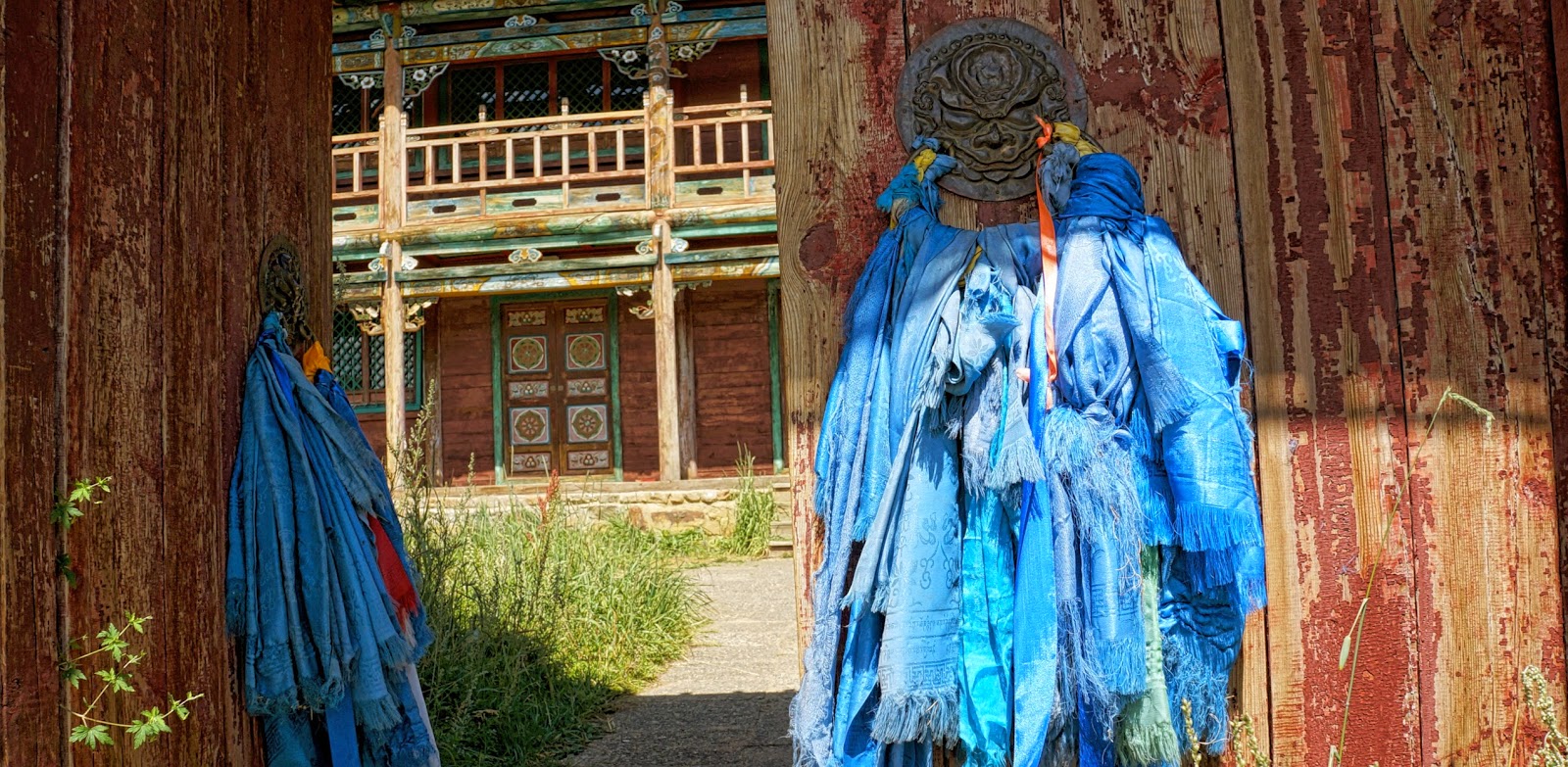7 August 2014
Mongolian joke:
“Two teenagers are talking: ‘Yesterday the power was off and there was no
internet. I had to talk with my family.’ ‘What was that like?’ ‘They actually
seem like nice people.’”
Horse ancestors: We
awaken in another ger camp. In a few minutes we’re off to riding. Just a note
here about two experiences yesterday worthy of note – with good bit of driving
in between.
In the morning we visited a herder family. This was a chance
find by Anna, our driver. They were the family of a washerwoman at our ger
camp. The family of five lived in a ger with a satellite dish outside. There
were a few other farm workers on hand when we went to milt the mares. For this
process the foals were secured to a line that ran across the ground, then the
mares. For the mare to be milked, her
foal was taken to begin nursing, after which the wife moved in to finish the
job. We heard they did this every two hours or so. We didn’t actually see the
milk fall so what we saw was more of a demonstration in principle. The father
was a champion horse breeder and rider – his medals from various naadam over
the years hung from the ger ceiling. The nadaam is like a Scottish games and
state fair rolled into one for the entire country. I gave him the gift of a
terracotta warrior general in recognition of this. He seemed very proud.
 |
| New prayers. Old paint. |
In the middle of the day we visited a purged monastery
complex. Very little remained. Very sad. Probably not worth the time except for
the opportunity to meditate on the tragedy of the 1937 Stalinist purges.
Last evening we pulled into this ger camp south of UB and
soon headed out again to seek the takhi horses. Takhis are the ancestors of
domesticated horse and localize the origin of domesticated horses to Mongolia
or somewhere nearby. Sometime in the 20th c. they were lost in the
wild, but were reintroduced to the Hustai National Park about 40 years ago.
On our excursion we scan miles of empty hills, topmost in my
mind being the possibility of another failed search like the previous day’s
argali sheep. The road here is regularly washed out. Eggy, our driver, treats
the van like a 4x4. Around a rise we see a gathering of other tourist vehicles
(more vans treated like 4x4’s). Above them are a couple of takhis. They’re
small but not miniature horses. Their coats are dun colored like steppe ponies,
but their manes are bristly rather than long or tangly. Besides this feature
you could have told me they were simply wild steppe ponies. We approach, photo
and begin to follow them (there may have been some parenting required at this
point as well). The two wander off and we – all except Liam -- decide rather
than follow this pair further that we would look over the next rise. This is
the best decision of the day, for after a 10 minute walk, during which Gracie’s
mood miraculously improves, we crest a a ridge and look down on a whole herd –
maybe 30 ancestral equines grazing on the opposite slope. Their costs contrast
magnificently with the dark green slope in the failing light. Then, on some
collective whim, they gallop around our position, cut through a gully and walk
straight to the van. Liam has a front row seat as the takhis pass within 10 m.
Nice.
 |
| I first heard of takhi horses when I was a kid at the Bell Museum of Natural History, like the cavemen of equines. Judging by the numbers we saw, their reintroduction into the wild was working. |

No comments:
Post a Comment